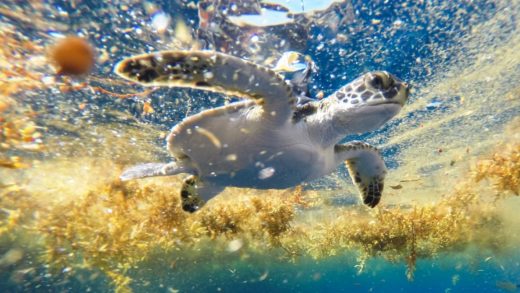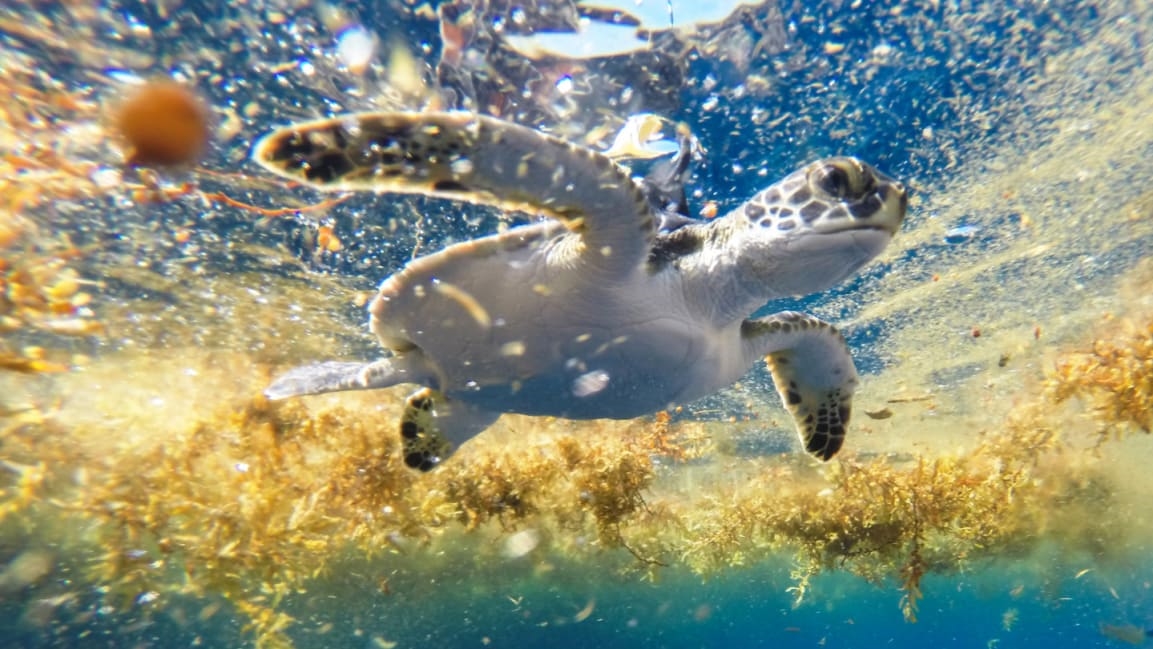Scientists have uncovered the mystery of where baby green sea turtles spend their ‘lost years’
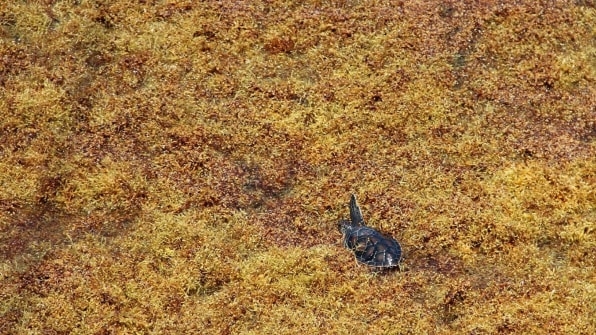
But now, researchers have found the marine expanse is a temporary home to young green turtles. Due to research limitations, scientists have long had to infer about the crucial early periods of turtles’ lives, often called the “lost years,” broadly assuming that they glide around in circles, carried by the Atlantic’s currents. But, a new study shows they may spend these developmental years in the mythical Sargasso, probably attracted by the sargassum, or brown algae, that it’s named for. While more work needs to follow, it’s a finding that could have conservation benefits for an endangered species.
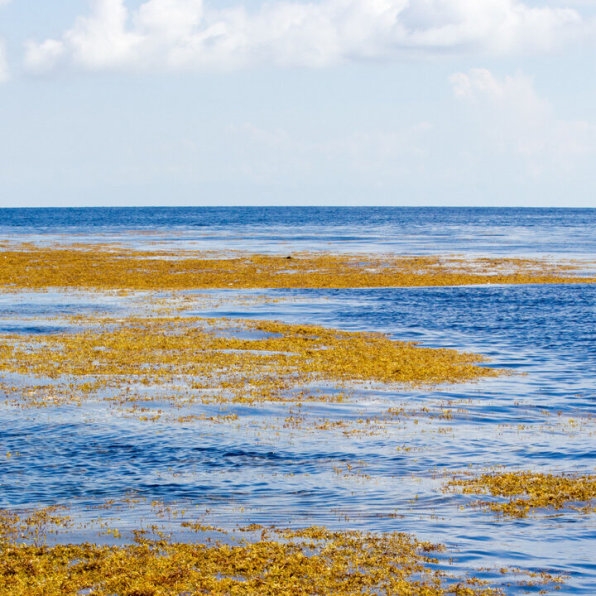
Sea turtles spend their distinct life stages in different habitats—and from birth, they always seem to know where to go for each. “They do have this innate compass sense,” says Kate Mansfield, director of the Marine Turtle Research Group at the University of Central Florida, who led the study. “They are likely a bit hardwired.” After hatching, the newborn turtles make a precarious, predator-dodging crawl to the ocean, and then spend a day or two in a swimming “frenzy,” frenetically splashing to the deeper, open ocean where the tiny turtles—only a third of an iPhone X in size—have less chance of being spotted by predators than in the shallow waters of the continental shelf. They return to coastal waters as adolescents, but not for a few years—sometimes a decade.
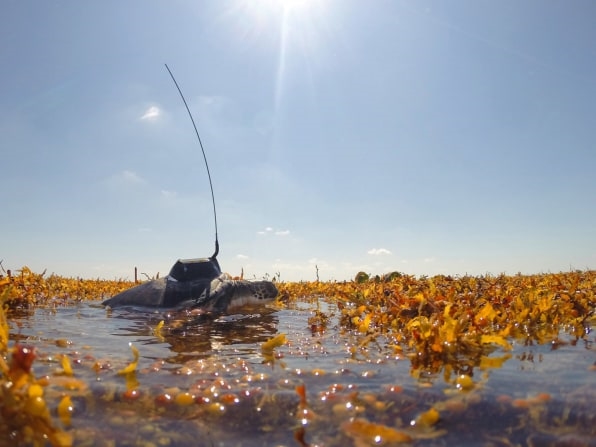
The deep-ocean “lost years” have been a source of mystery for scientists, who’ve come across logistical, technical, and financial limitations for effectively tracking turtles for such long periods, and at such distances. They’ve had to settle for a “patchwork of understanding,” Mansfield says, mainly gained from coastal tracking and lucky sightings. The consensus was that the turtles are “passive little drifters” that go on a rapid-river ride created by the North Atlantic Subtropical Gyre, a circle of strong currents. “The Gulf Stream just rips,” Mansfield says. “It’s like a river in the middle of the ocean. So, if you’re a little turtle and you get caught up in that, you’re going to move.”
But the study, the “first long-term offshore tracks of oceanic green turtles in North Atlantic waters,” challenges the passive drifter theory. The team tagged 21 baby green turtles, hatched in Boca Raton, Florida, with solar-powered transmitters, and tracked them for up to 152 days after they left the nesting shores. While they did initially ride the currents, 14 of 21 departed to wade right into the Sargasso Sea, which is essentially encompassed in the middle of the Gyre. There, the sargassum is plentiful, and clumped together into mats that baby turtles can cling onto and stay warm, avoid predators, and find food in the algae like small crabs, shrimps, and larval fish.
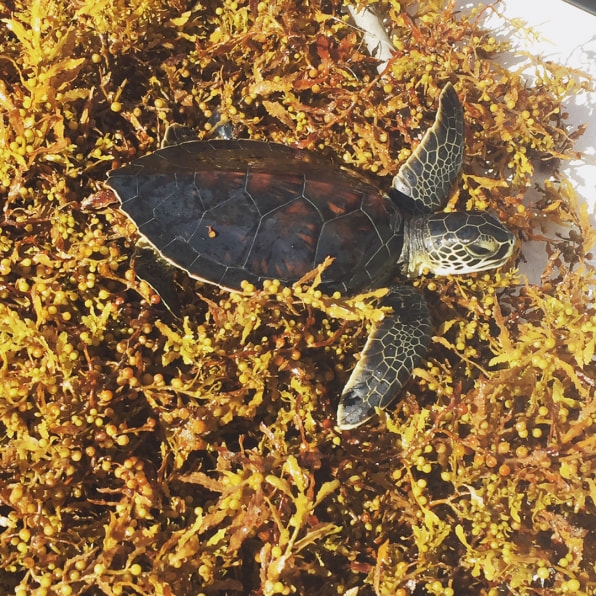
The study concludes that the Sargasso Sea is “an important nursery habitat for North Atlantic sea turtles,” and that the turtles’ behavior is “more complex than previously assumed.” That’s important for conservation purposes: Green sea turtles are protected under Endangered Species Act, and while a Critical Habitat has been designated under that act in the U.S. Atlantic waters for another species, loggerhead turtles, that has yet to been done for green turtles.
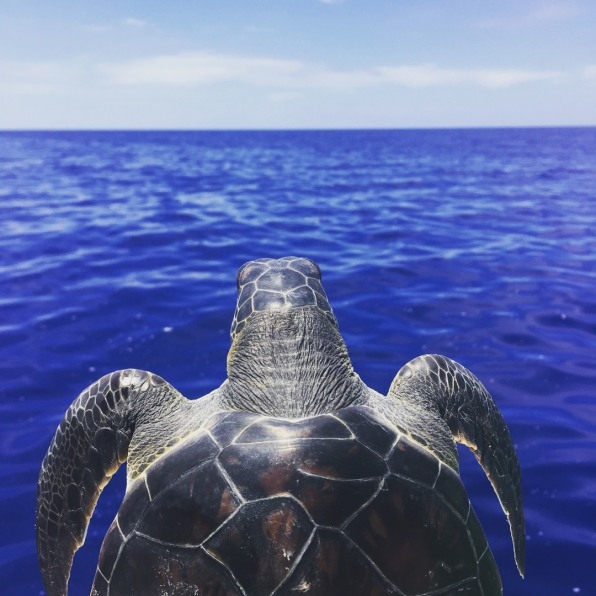
Mansfield says it’s critical to know about the entirety of an animal’s life to protect it. “We need to be able to understand where they are at all times of their lives,” she says. “It’s like human doctors. What if we didn’t have pediatricians, and we just had to wing it until we hit our teenage years?” That’s especially true for turtles, whose developmental stage is so long: many don’t reach puberty until 25 years or beyond, when they return to their natal beaches to breed and lay eggs. If they don’t survive to reach reproductive age, they can’t help keep the species alive. If we know more specifics about life cycles and locations, we can control human behavior better, such as imposing fishery regulations.
Work still needs to continue, Mansfield says, to answer further questions about the migrations, such as, “If you’re a little turtle, and you have this safe haven: Why leave?” She also stresses that the work needs to be repeated for other species in other parts of the world; the Sargasso Sea finding, after all, will only apply to turtles hatched close-by. But, she’s optimistic about the progress. “As technology gets smaller and cooler, with more bells and whistles, you can really get more information about their fine-scale movements,” she says. “The more tags that we get out, we’re realizing that the turtles are doing some really cool things that are unexpected and different.”
(47)

